Amazing Companion Plants For Tomatoes That Will
Amazing Companion Plants for Tomatoes That Will Help You Grow Healthier and More Productive Plants
Tomatoes are a popular vegetable to grow in home gardens, but they can be susceptible to pests and diseases. Companion planting is a great way to help protect your tomato plants from these problems and boost their overall health and productivity.
Companion planting is the practice of planting certain types of plants together in order to benefit each other. Some plants can help to attract beneficial insects, deter pests, or improve the soil quality around their neighbors. When you plant tomatoes with the right companion plants, you can help to create a more balanced and healthy garden ecosystem.
Here are some of the best companion plants for tomatoes:
- Basil: Basil is a classic companion plant for tomatoes. It helps to repel aphids, spider mites, and other pests. Basil also enhances the flavor of tomatoes, so it's a win-win situation.
- Marigolds: Marigolds are another great companion plant for tomatoes. They help to repel nematodes, which are microscopic worms that can damage tomato roots. Marigolds also add a splash of color to your garden.

- Chives: Chives help to repel tomato hornworms, which are large green caterpillars that can devour tomato plants. Chives also add a delicious flavor to salads and other dishes.
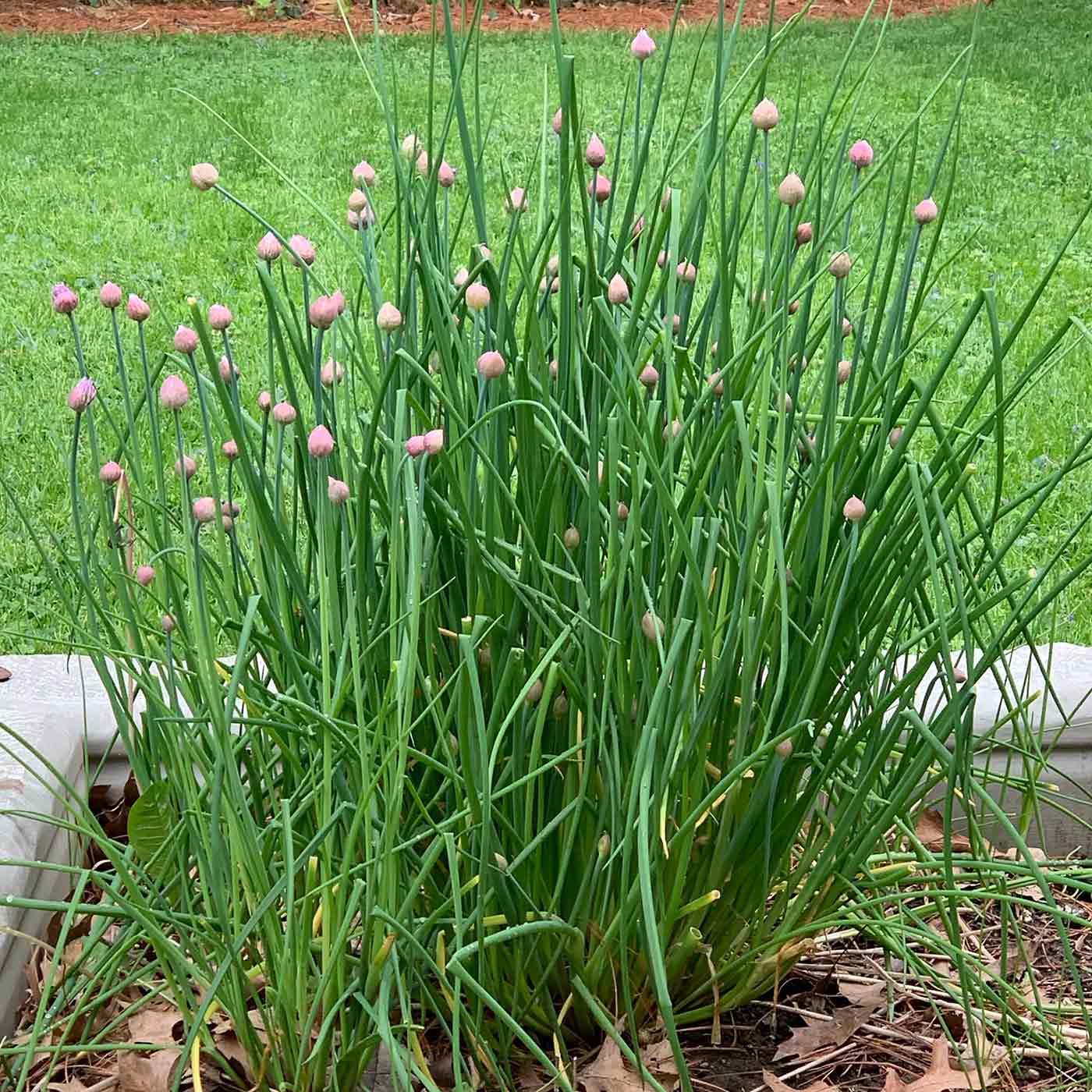
- Garlic: Garlic helps to repel aphids, whiteflies, and other pests. It also helps to improve the flavor of tomatoes.
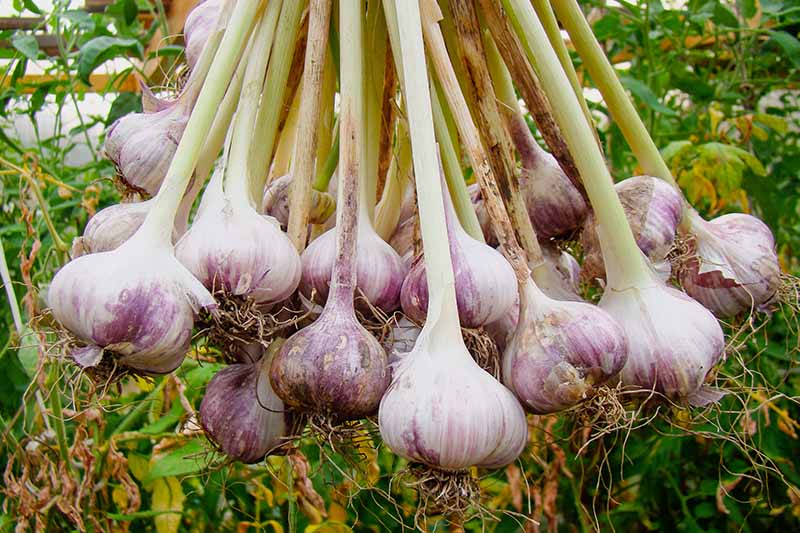
- Parsley: Parsley helps to attract beneficial insects, such as ladybugs and lacewings, which prey on pests. Parsley also improves the soil quality around tomato plants.
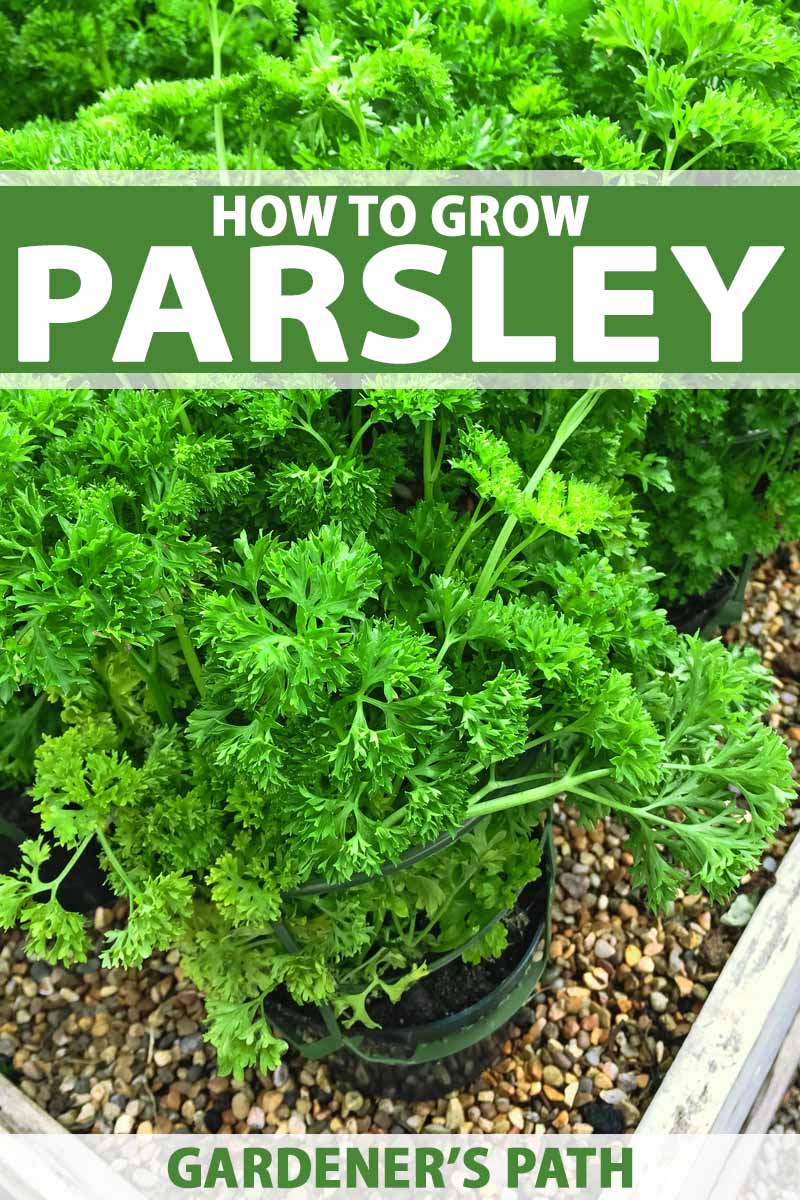
- Nasturtiums: Nasturtiums help to attract beneficial insects, such as hoverflies and lady beetles, which prey on pests. They also help to deter aphids and whiteflies.
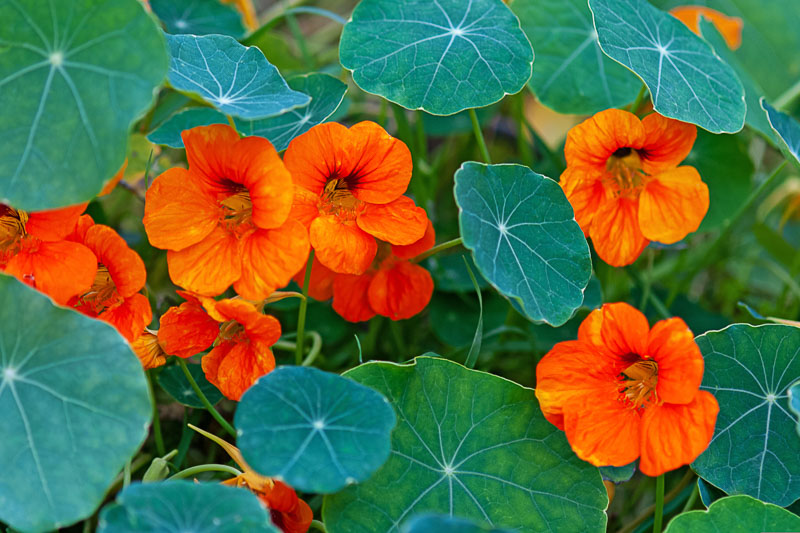
- Beans: Beans help to fix nitrogen in the soil, which can benefit tomato plants. They also provide shade for tomato plants, which can help to protect them from pests and diseases.
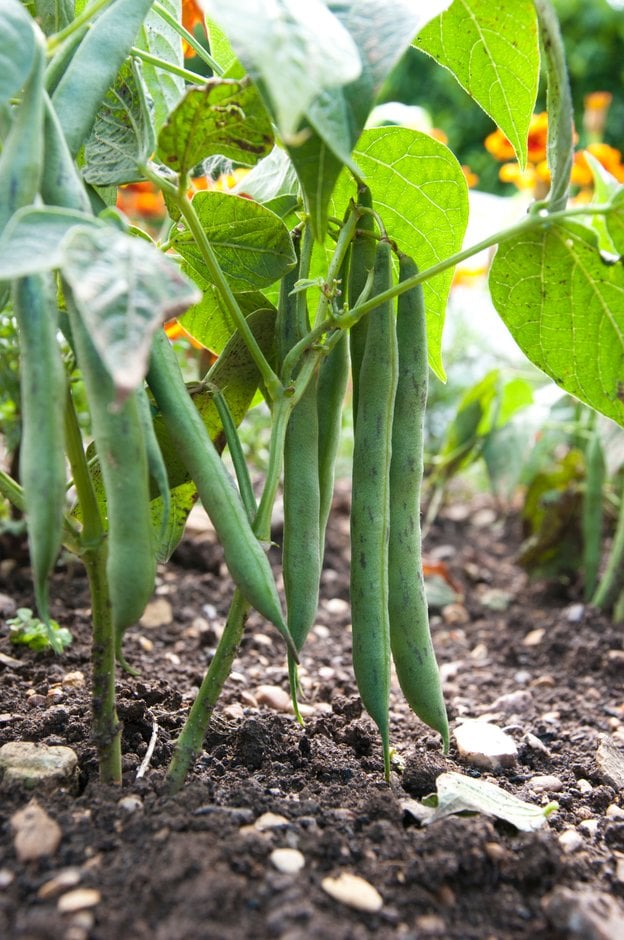-(2).jpg)
- Peas: Peas help to fix nitrogen in the soil, which can benefit tomato plants. They also help to suppress weeds.
- Sunflowers: Sunflowers help to attract beneficial insects, such as parasitic wasps, which prey on pests. They also help to deter whiteflies.

When choosing companion plants for tomatoes, it's important to consider the size and growth habit of the plants. For example, tall plants, such as sunflowers, can provide shade for tomato plants, while vining plants, such as beans and peas, can help to support tomato plants.
It's also important to consider the climate in your area. Some companion plants, such as marigolds, are more tolerant of hot weather than others.
With a little planning, you can create a companion planting scheme that will help your tomato plants thrive.
Growing tomatoes is a rewarding experience, but it can be challenging to keep them healthy and pest-free. One way to improve your chances of success is to plant companion plants. Companion plants are those that benefit each other when grown together. For tomatoes, some of the best companion plants include:
- Basil. Basil is a classic companion plant for tomatoes, and for good reason. It not only repels pests like aphids and mosquitoes, but it also enhances the flavor of tomatoes.
- Marigolds. Marigolds are another great companion plant for tomatoes. They help to repel nematodes, which are microscopic worms that can damage tomato roots.
- Borage. Borage is a flowering herb that attracts beneficial insects, such as ladybugs and hoverflies. These insects help to control pests that can damage tomatoes.
- Peas. Peas are legumes, which means they can fix nitrogen in the soil. This can help to improve the health of your tomato plants.
- Carrots. Carrots help to improve the drainage of soil, which can be beneficial for tomatoes.
For more information about good tomato companion plants, visit Gardenia Inspiration. This website provides a comprehensive list of companion plants, as well as information on how to plant and care for them.
FAQ of good tomato companion plants
- What are some good companion plants for tomatoes?
Some of the best companion plants for tomatoes include:
- Marigolds: Marigolds are known to repel pests like nematodes and tomato hornworms.
- Basil: Basil is said to improve the flavor of tomatoes and also helps to repel pests.
- Chives: Chives are another herb that repels pests, such as aphids.
- Onions: Onions help to deter nematodes and other soil-borne pests.
- Asparagus: Asparagus helps to improve the flavor of tomatoes and also provides shade, which can help to protect tomatoes from the sun.
- What are some plants that should not be planted near tomatoes?
Some plants that should not be planted near tomatoes include:
- Potatoes: Tomatoes and potatoes are susceptible to the same diseases, so planting them near each other can increase the risk of infection.
- Cucumbers: Cucumbers and tomatoes compete for the same nutrients, so planting them near each other can stunt the growth of both plants.
- Peppers: Peppers and tomatoes can attract the same pests, so planting them near each other can increase the risk of infestation.
- Fennel: Fennel can actually inhibit the growth of tomatoes, so it is best to avoid planting them near each other.
- Dill: Dill can attract pests like aphids and whiteflies, which can damage tomato plants.
- How do companion plants benefit tomatoes?
Companion plants can benefit tomatoes in a number of ways, including:
- Attracting beneficial insects: Some companion plants, such as marigolds and nasturtiums, attract beneficial insects like ladybugs and lacewings, which help to control pests.
- Reducing pest pressure: Other companion plants, such as basil and chives, can help to repel pests.
- Improving soil quality: Some companion plants, such as asparagus and onions, can help to improve the soil quality, which can benefit tomato plants.
- Providing shade: Some companion plants, such as asparagus and sunflowers, can provide shade for tomato plants, which can help to protect them from the sun.
- Decreasing competition for resources: Companion plants that have different nutrient needs and growth habits can help to decrease competition for resources between tomato plants and other plants in the garden.
- How far apart should tomato plants be planted?
The spacing between tomato plants depends on the variety of tomato plant you are growing. Generally speaking, tomato plants should be spaced 2-3 feet apart. If you are growing determinate tomato plants, which are bushier and have a shorter growing season, you can plant them closer together, about 18 inches apart. If you are growing indeterminate tomato plants, which are vining and have a longer growing season, you will need to plant them farther apart, about 3 feet apart.
- How do you take care of new tomato plants?
New tomato plants need to be watered regularly, especially during hot, dry weather. You should also fertilize them every 2-3 weeks with a balanced fertilizer. To help support the growth of the plants, you may need to stake or cage them. Once the plants start to flower, you will need to remove any dead or diseased flowers. Once the fruits start to set, you will need to harvest them regularly.
Image of good tomato companion plants
Marigolds. Marigolds are known for their insect-repelling properties, which can help to protect tomato plants from pests such as aphids, beetles, and nematodes. They also add a splash of color to the garden.

- Basil. Basil is another great companion plant for tomatoes. It helps to deter pests and attract beneficial insects, such as ladybugs and hoverflies. Basil also enhances the flavor of tomatoes when they are cooked together.
- Chives. Chives are a good companion plant for tomatoes because they help to repel tomato hornworms. They also add a touch of flavor to salads and other dishes.
- Nasturtiums. Nasturtiums are another insect-repelling companion plant for tomatoes. They also add a splash of color to the garden and can be used in salads or as a garnish.
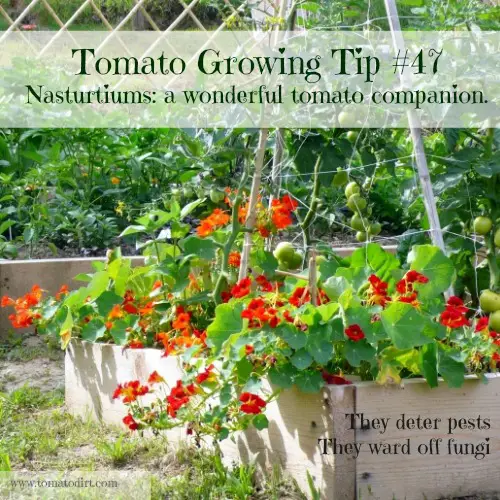
- Cucumbers. Cucumbers and tomatoes can be grown together because they have similar growing requirements. They also help to shade each other from the sun, which can help to prevent blossom end rot in tomatoes.
Post a Comment for " Amazing Companion Plants For Tomatoes That Will"